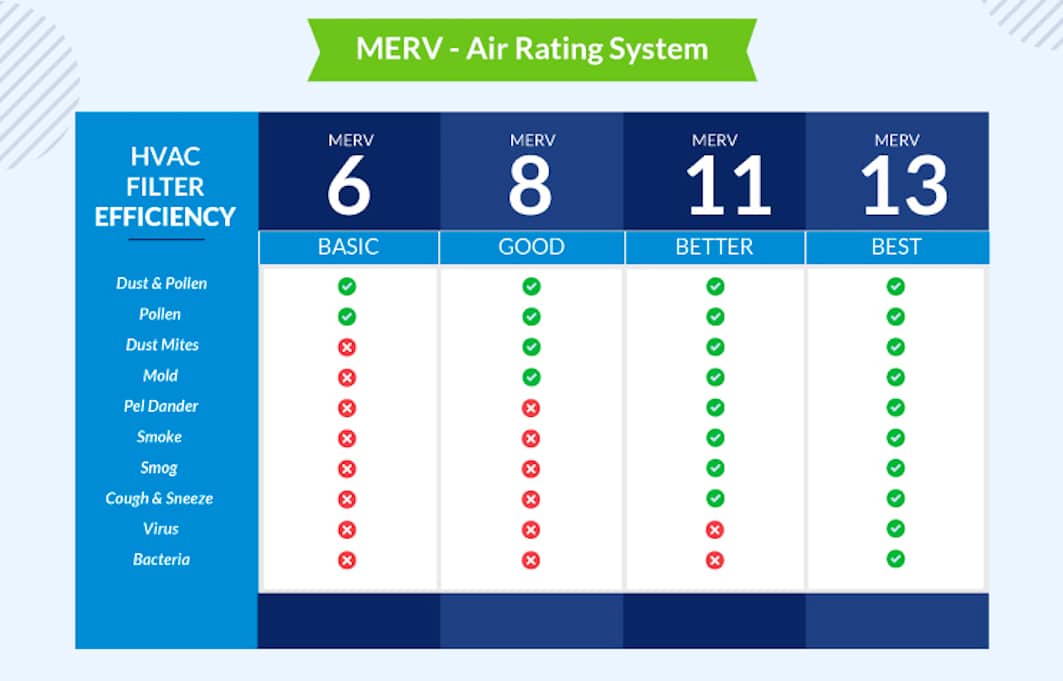Different Types of Sensors Used in Plasma Cutting

In the metalwork industry, several methods are used to cut metals. One of them that has proved its effectiveness is plasma cutting. The fourth state of matter, besides gas, liquid, and solid, is called Plasma. For precise and accurate metal cutting, you need cutting edge technology since metal is very hard to cut. Plasma cutting is among the latest tech used in cutting metals that can conduct electricity. A plasma cutter transfers energy to any conductive compound from a power supply, using a gas that conducts electricity. Compared to oxy-fuel, another metal cutting technology, the plasma cutting technique offers a much cleaner way of cutting metals. However, only conductive metals are cut using the plasma cutting method.
What is Plasma Cutting?
Webster’s definition is that it is a group of charged particles with equal numbers of positive ions and electrons that flow like gas and can conduct electricity. In other words, Plasma refers to heated steam with electric currents. No matter what transpires inside the plasma steam, cutting metal with Plasma is a straightforward process. All a user has to do is constrict electric steam flowing through gas in a small orifice. Once this is done, it will lead to melting and blowing of metal simultaneously since the steam will be moving very fast and very densely. This is called a plasma torch. In Plasma cutting torches, a constricted gas stream with an arc flows through a copper nozzle.
What is a sensor?
In any industry that uses electrical or mechanical devices, sensors are needed to monitor various plant processes. Simple examples of sensors include a computer mouse or a smartphone, a sensor that reacts when a person touches the screen. Sensors are used to monitor and measure physical inputs around an object. The relayed information is then turned into data easily read by a secondary device or a human. In most cases, sensors convert raw data into electronic data.
Since plasma cutting uses energy, overheating is bound to happen. For this reason, flow sensors are used in measuring heat, while metal cutting is taking place. Once the temperature goes above a certain level, the sensor will indicate this, and a coolant will be used to lower the temperature. Sensors in plasma cutting play a vital role in protecting equipment from breakage.
Plasma cutting machines or laser cutters cost a lot, and if they are not handled with care, they may break up. If the user isn’t careful enough, systems may end up colliding with each other causing grievous damage. Sensors are also important tools since they indicate when a piece of equipment stops working. Let’s now look at a few types of sensors used in plasma cutting.
100 Series Flow Switches
These types of flow sensors are designed to measure water at 25 °C or 77 °F. These flow switches are only used to measure water. Using them with other types of fluids will tamper with report accuracy. This is due to the different velocity of fluids. At Proteus Industries, these flow sensors are designed specifically to cater to certain heated fluids. The benefits of these types of flow switches include a wide measuring range, and they also have compact designs.
8000XHT Series – Extreme-Temperature Flow Meters
These types of flow sensors are capable of providing accurate and reliable liquid and fluid flow readings. The heat transfer of liquids and fluid measured by these sensors should range between -60 °C to 200 °C. To cater to various market demands, Proteus designs high-temperature world-class meters. Some of the pros of using these types of flow meters include having a wide measurement range, flow accuracy of about 3%, and enhanced accuracy due to digital signals.
8000 Series Liquid Flow Meters
If you are going to measure fluids or liquids with heat transfer readings of about -40 to 90 °C, these types of flow sensors will work out fine. If you are dealing with fluids with temperatures of about 150 °C, Proteus has a customized version that can handle such temperatures. With these flow sensors, costly equipment is protected since they have a built-in relay that shuts down machines before they break down. Benefits include customization and a wide measuring range.
Conclusion
While using expensive metal cutting tools such as plasma cutting or laser cutting equipment, you also need to invest in the right flow sensors to avoid big losses. When machines break down due to overheating, the user ends up incurring huge losses that would have been avoided if the correct type of flow sensors were used.



